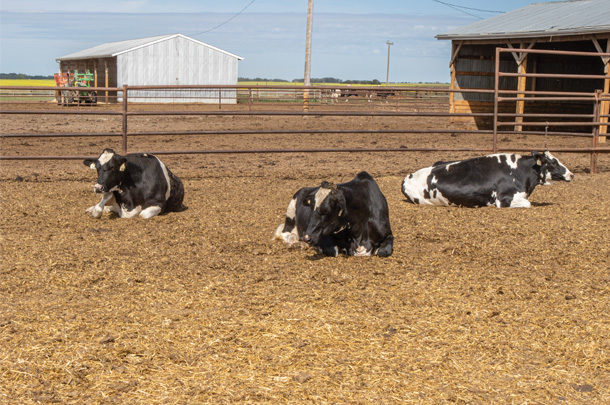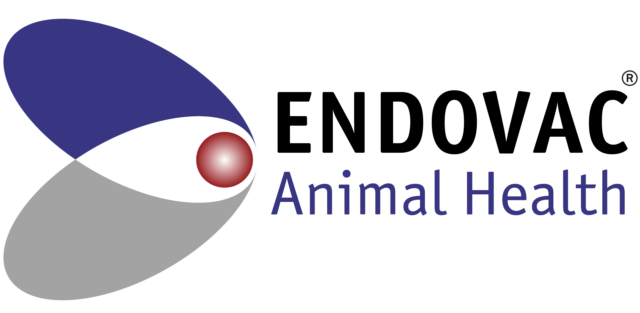As dairy farmers have likely noticed, long-lasting intramammary antibiotics (also called dry cow tubes) are in very tight supply this year. While not much can be done about the current shortage, it leads to the question of alternatives. Switching to a different intramammary antibiotic isn’t always the answer, as each antibiotic has a different spectrum of activity against specific bacteria. Concurrently, extended milk or meat withholds are often less desirable as well. One potential alternative is selective dry cow therapy (SDCT), which has been gaining in popularity over the last few years. Let’s take a closer look at SDCT.
The basic premise of SDCT is that cows are separated into two groups:
- Those treated with an intramammary antibiotic infusion and internal teat sealant at dry-off
- Those that are only given an internal teat sealant
There are several benefits of SDCT, including:
- Decreased antibiotic cost
- Decreased antibiotic usage, which consumers indicate is very important to them
- Minimizing the creation of antibiotic-resistant bacteria, which is critically important for both human and animal health
Farms that have been most successful with SDCT meet all the following criteria:
- Annual bulk tank somatic cell count (SCC) of 200,000 cells per milliliter or less, which includes high-SCC cows whose milk is diverted for calf consumption
- Contagious mastitis pathogens (Staph aureus and Strep ag) are well-controlled or non-existent, as confirmed by routine bulk tank analyses
- Use an internal teat sealant in all quarters of all cows at dry-off
- Have meticulously trained dry-off personnel who pay close attention to teat cleanliness
- Monitor recently dry cows closely
- Use records and data analysis to evaluate the SDCT program
Once a farm decides to proceed with SDCT, individual cows are enrolled in either intramammary antibiotic treatment plus a teat sealant or teat sealant alone. There are two decision pathways to follow:
Option one: Algorithm-guided method utilizing DHIA monthly results
Cows meeting all the following criteria are given only an internal teat sealant in all four quarters at dry-off:
- SCC stayed below 200,000 cells per milliliter for the entire lactation'
- Free of clinical mastitis within 14 days of dry-off
- Had no more than one clinical mastitis case during the entire lactation
- If a cow does not meet those criteria, then all four quarters are infused with intramammary antibiotics and an internal teat sealant.
Option two: Culture-guided method utilizing mastitis culturing, either on-farm or through a lab
Two days before dry-off, a composite milk sample or individual quarter samples are collected and cultured. The following protocols apply:
- If there is growth on the composite milk culture, all four quarters are infused with an intramammary antibiotic tube and an internal teat sealant.
- If there is growth on the quarter sample culture, only the quarters with growth are infused with an intramammary antibiotic tube and an internal teat sealant. Quarters without growth are infused with an internal teat sealant only.
- If there is no growth on the composite or individual quarter culture, all quarters are infused with an internal teat sealant only.
Regardless of which SDCT option is followed, the teat ends must be cleaned and sterilized before inserting any intramammary product so bacteria aren’t introduced. Since many cows will not receive an intramammary antibiotic, there is nothing except the cow’s natural immune defenses to fight off a toxic mastitis infection. Work with your veterinarian before implementing any changes to your dry cow program.






